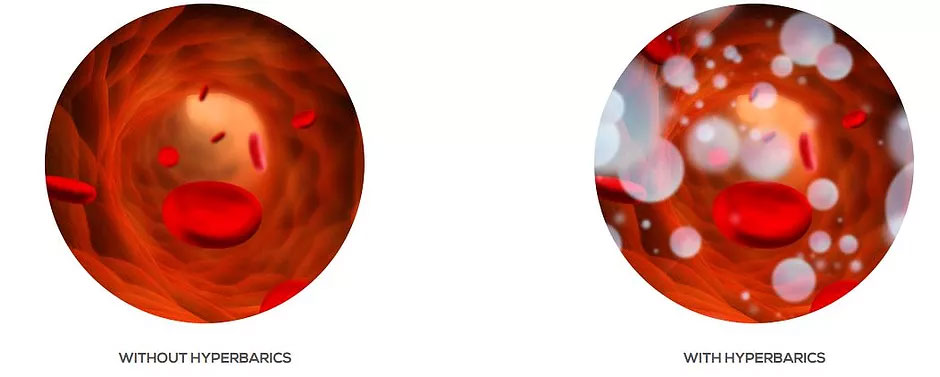SCOTTSDALE HYPERBARIC CENTER
The History Behind HBOT
Hyperbaric Oxygen Therapy (HBOT) has a rich history dating back to the 1600s, with its roots tracing back to the innovative work of pioneers like British clergyman Henshaw and French physiologist Paul Bert. Henshaw’s Domicilium, built in 1662, served as one of the earliest hyperbaric chambers, offering treatment for various conditions. Bert’s discoveries in 1878 regarding decompression sickness and the benefits of recompression laid the groundwork for the therapeutic application of pressurized conditions.
Further advancements came in the late 19th and early 20th centuries, with French surgeon Fontaine pioneering the use of pressurized conditions in surgery and anesthesia. Dr. Orville Cunningham’s observations in the early 1900s regarding the health benefits of living at lower altitudes inspired the development of hyperbaric facilities like the “Steel Ball Hospital” along the shores of Lake Erie in 1928.
During World War II, hyperbaric chambers gained prominence as military tools for treating decompression sickness in deep-sea divers. In the subsequent decades, HBOT found applications in various medical fields, including heart and lung surgery, carbon monoxide poisoning treatment, and wound healing.
Since then, HBOT has undergone extensive research and development, with over 10,000 clinical trials and case studies conducted to explore its efficacy for numerous health conditions. The overwhelming majority of these studies have reported positive outcomes, cementing HBOT’s status as a trusted and effective medical therapy for enhancing oxygen levels, promoting healing, and improving overall health and well-being.


